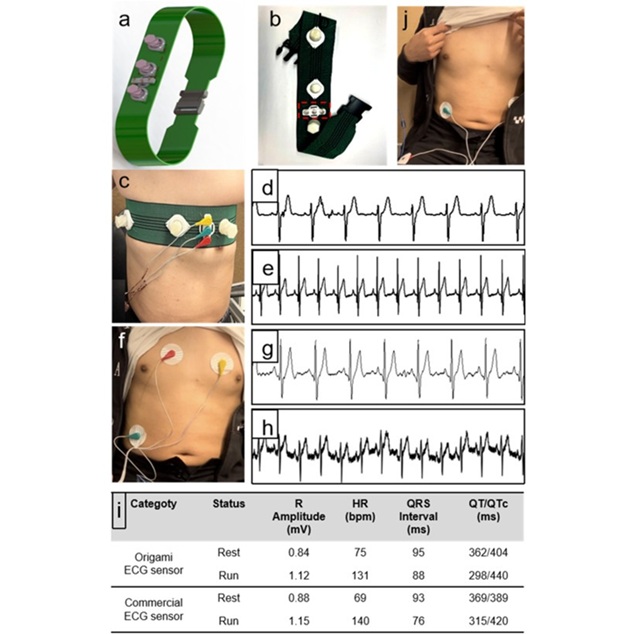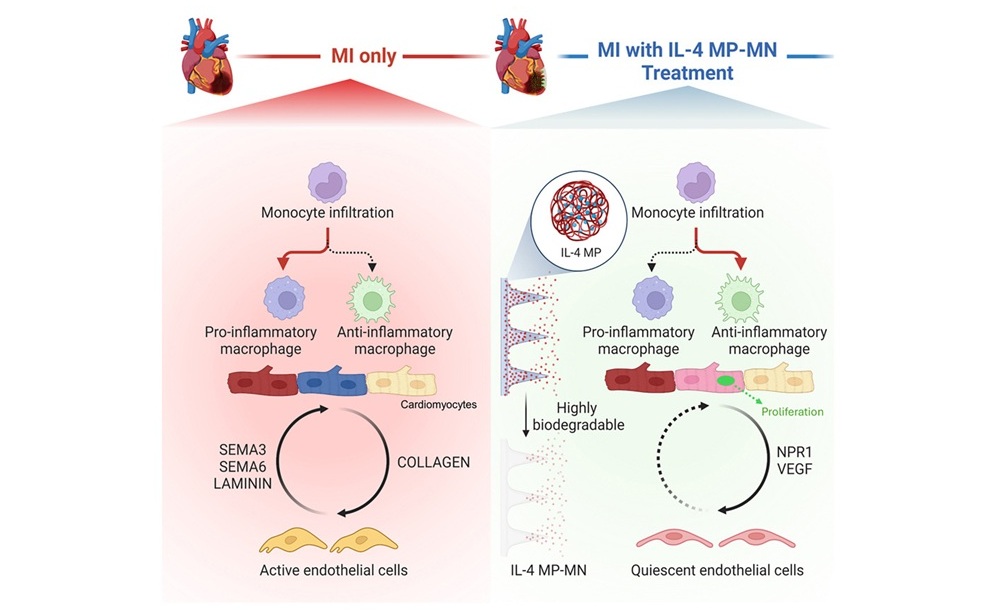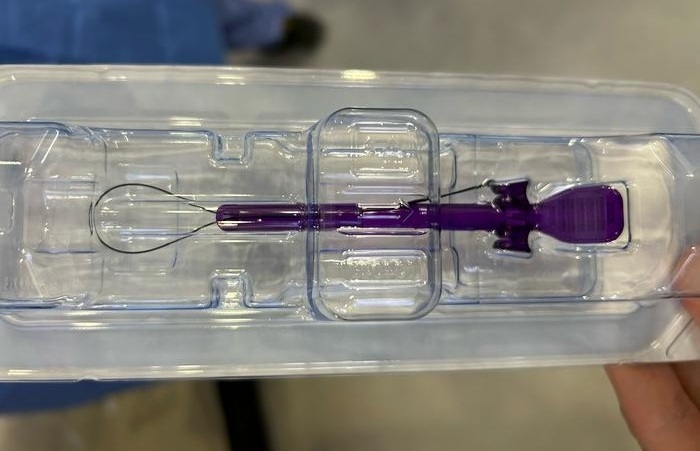Artificial Intelligence Can Detect Glucose Levels via ECG
|
By HospiMedica International staff writers Posted on 20 Jan 2020 |
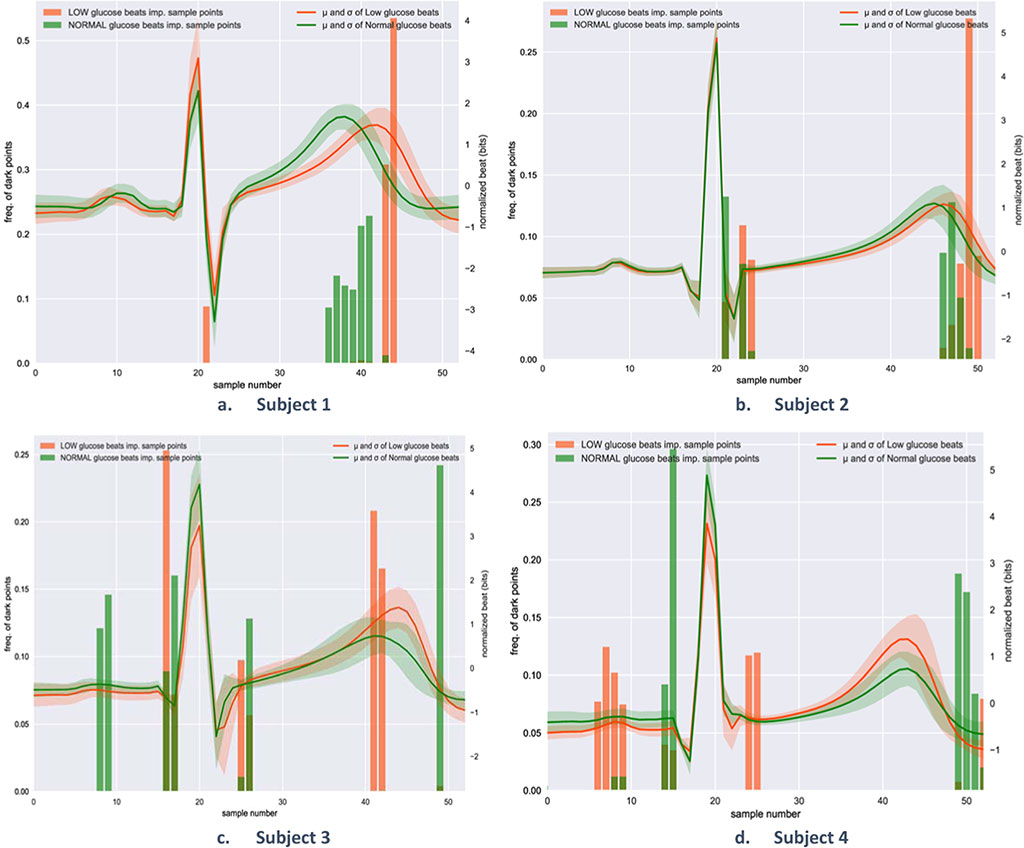
Image: ECG heartbeat segments help identify hypoglycemia events (Photo courtesy of University of Warwick)
A new study shows how artificial intelligence (AI) can be used to detect hypoglycemic events from raw electrocardiogram (ECG) signals.
Developed at the University of Warwick (Coventry, United Kingdom), the University of Napoli Federico II (Naples, Italy), Western University (WU; London, Canada), and other institutions, the personalized medicine approach uses AI to automatically detect nocturnal hypoglycemia with just a few heartbeats of raw ECG signal recorded with non-invasive, wearable devices. A visualization method then enables the clinicians to establish which part of the ECG signal is significantly associated with a hypoglycemic event in each individual subject.
The AI model is trained with each subject's own dataset, which is comprised of both ECG and glucose recordings as measured by two sensors worn for a period of 8-14 days. The researchers conducted two pilot studies involving eight healthy volunteers, which found that the average sensitivity and specificity of the AI approach for hypoglycemia detection was about 82%, comparable to current continuous glucose monitoring (CGM) device performance. The study was published on January 13, 2020, in Nature Scientific Reports.
“Fingerpicks are never pleasant, and in some circumstances particularly cumbersome. Our innovation consisted of using AI for automatically detecting hypoglycemia via few ECG beats. This is relevant because ECG can be detected in any circumstance, including sleeping,” said senior author Leandro Pecchia, PhD, of the University of Warwick School of Engineering. “Our approach enables personalized tuning of detection algorithms and emphasizes how hypoglycemic events affect ECG. Based on this information, clinicians can adapt the therapy to each individual.”
Hypoglycemia can cause pronounced physiological responses as a consequence of autonomic activation, principally of the sympatho-adrenal system, which results in the release of epinephrine (adrenaline). The autonomic stimulus provokes hemodynamic changes in order maintain a supply of glucose to the brain and promote the hepatic production of glucose. Hemodynamic changes associated with hypoglycemia include an increase in heart rate and peripheral systolic blood pressure, a fall in central blood pressure, reduced peripheral arterial resistance, and an increase in myocardial contractility, stroke volume, and cardiac output.
Related Links:
University of Warwick
University of Napoli Federico II
Western University
Developed at the University of Warwick (Coventry, United Kingdom), the University of Napoli Federico II (Naples, Italy), Western University (WU; London, Canada), and other institutions, the personalized medicine approach uses AI to automatically detect nocturnal hypoglycemia with just a few heartbeats of raw ECG signal recorded with non-invasive, wearable devices. A visualization method then enables the clinicians to establish which part of the ECG signal is significantly associated with a hypoglycemic event in each individual subject.
The AI model is trained with each subject's own dataset, which is comprised of both ECG and glucose recordings as measured by two sensors worn for a period of 8-14 days. The researchers conducted two pilot studies involving eight healthy volunteers, which found that the average sensitivity and specificity of the AI approach for hypoglycemia detection was about 82%, comparable to current continuous glucose monitoring (CGM) device performance. The study was published on January 13, 2020, in Nature Scientific Reports.
“Fingerpicks are never pleasant, and in some circumstances particularly cumbersome. Our innovation consisted of using AI for automatically detecting hypoglycemia via few ECG beats. This is relevant because ECG can be detected in any circumstance, including sleeping,” said senior author Leandro Pecchia, PhD, of the University of Warwick School of Engineering. “Our approach enables personalized tuning of detection algorithms and emphasizes how hypoglycemic events affect ECG. Based on this information, clinicians can adapt the therapy to each individual.”
Hypoglycemia can cause pronounced physiological responses as a consequence of autonomic activation, principally of the sympatho-adrenal system, which results in the release of epinephrine (adrenaline). The autonomic stimulus provokes hemodynamic changes in order maintain a supply of glucose to the brain and promote the hepatic production of glucose. Hemodynamic changes associated with hypoglycemia include an increase in heart rate and peripheral systolic blood pressure, a fall in central blood pressure, reduced peripheral arterial resistance, and an increase in myocardial contractility, stroke volume, and cardiac output.
Related Links:
University of Warwick
University of Napoli Federico II
Western University
Latest Critical Care News
- Nanogel Technology Almost 100% Effective in Destroying Drug-Resistant Bacteria Within Hours
- Wearable Ultrasound Sensor Delivers Noninvasive Treatment Without Surgery
- Gel-Free ECG System to Transform Heart Health Diagnosis
- Biodegradable Patch Repairs Damaged Tissue After Heart Attack
- Magnetically Guided Microrobots to Enable Targeted Drug Delivery

- Smart Nanomaterials Detect and Treat Traumatic Brain Injuries Simultaneously
- Earlier Blood Transfusion Could Reduce Heart Failure and Arrhythmia in Heart Disease Patients
- 'Smart' Shirt Detects Epileptic Seizures in Real Time
- Skin Patch Measures Effectiveness of Flu/COVID Vaccines in 10 Minutes
- Complete Revascularization Reduces Risk of Death from Cardiovascular Causes
- Tiny Fish-Inspired Robots Navigate Through Body to Deliver Targeted Drug Therapy
- Coronary Artery Stenosis Could Protect Patients from Pulmonary Embolism Effects
- Sweat-Powered Sticker Turns Drinking Cup into Health Sensor
- Skin-Mounted 3D Microfluidic Device Analyzes Sweat for Real-Time Health Assessment
- New Therapeutic Brain Implants to Eliminate Need for Surgery
- Stem Cell Patch Gently Heals Damaged Hearts Without Open-Heart Surgery
Channels
Critical Care
view channel
Nanogel Technology Almost 100% Effective in Destroying Drug-Resistant Bacteria Within Hours
Antibiotic resistance is one of the most serious global health threats, driven by bacteria that evade treatment and form protective biofilms that shield them from drugs. Pathogens such as Pseudomonas aeruginosa,... Read more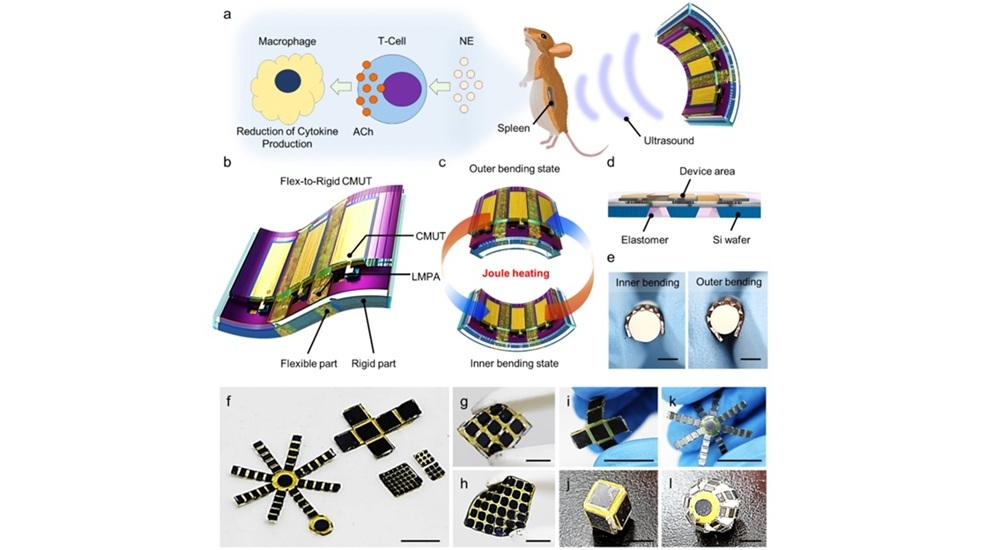
Wearable Ultrasound Sensor Delivers Noninvasive Treatment Without Surgery
Wearable ultrasound devices have long struggled with low acoustic power and poor structural stability, limiting their use in high-resolution imaging and therapeutic applications. Conventional flexible... Read moreSurgical Techniques
view channelNovel Endoscopy Technique Provides Access to Deep Lung Tumors
Detecting lung cancer early can save lives, but diagnosing small tumors deep in the outer regions of the lungs remains a major clinical challenge. Although CT scans frequently identify tiny suspicious... Read more
New Study Findings Could Halve Number of Stent Procedures
When a coronary artery becomes acutely blocked during a heart attack, opening it immediately is essential to prevent irreversible damage. However, many patients also have other narrowed vessels that appear... Read morePatient Care
view channel
Revolutionary Automatic IV-Line Flushing Device to Enhance Infusion Care
More than 80% of in-hospital patients receive intravenous (IV) therapy. Every dose of IV medicine delivered in a small volume (<250 mL) infusion bag should be followed by subsequent flushing to ensure... Read more
VR Training Tool Combats Contamination of Portable Medical Equipment
Healthcare-associated infections (HAIs) impact one in every 31 patients, cause nearly 100,000 deaths each year, and cost USD 28.4 billion in direct medical expenses. Notably, up to 75% of these infections... Read more
Portable Biosensor Platform to Reduce Hospital-Acquired Infections
Approximately 4 million patients in the European Union acquire healthcare-associated infections (HAIs) or nosocomial infections each year, with around 37,000 deaths directly resulting from these infections,... Read moreFirst-Of-Its-Kind Portable Germicidal Light Technology Disinfects High-Touch Clinical Surfaces in Seconds
Reducing healthcare-acquired infections (HAIs) remains a pressing issue within global healthcare systems. In the United States alone, 1.7 million patients contract HAIs annually, leading to approximately... Read moreHealth IT
view channel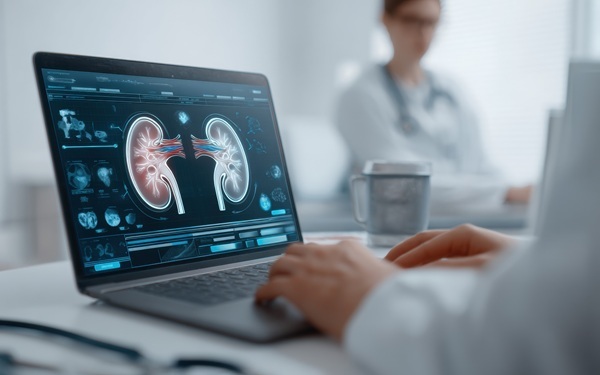
EMR-Based Tool Predicts Graft Failure After Kidney Transplant
Kidney transplantation offers patients with end-stage kidney disease longer survival and better quality of life than dialysis, yet graft failure remains a major challenge. Although a successful transplant... Read more
Printable Molecule-Selective Nanoparticles Enable Mass Production of Wearable Biosensors
The future of medicine is likely to focus on the personalization of healthcare—understanding exactly what an individual requires and delivering the appropriate combination of nutrients, metabolites, and... Read moreBusiness
view channel
Philips and Masimo Partner to Advance Patient Monitoring Measurement Technologies
Royal Philips (Amsterdam, Netherlands) and Masimo (Irvine, California, USA) have renewed their multi-year strategic collaboration, combining Philips’ expertise in patient monitoring with Masimo’s noninvasive... Read more
B. Braun Acquires Digital Microsurgery Company True Digital Surgery
The high-end microsurgery market in neurosurgery, spine, and ENT is undergoing a significant transformation. Traditional analog microscopes are giving way to digital exoscopes, which provide improved visualization,... Read more
CMEF 2025 to Promote Holistic and High-Quality Development of Medical and Health Industry
The 92nd China International Medical Equipment Fair (CMEF 2025) Autumn Exhibition is scheduled to be held from September 26 to 29 at the China Import and Export Fair Complex (Canton Fair Complex) in Guangzhou.... Read more











